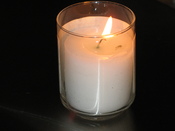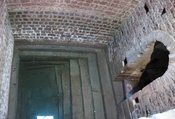In Judaism, death is a natural part of life. Many laws and customs govern the process of death, burial and mourning. As are many Jewish practices, the Jewish death rituals are fairly practical. They exist to honor and show respect for the dead and to assist and comfort the living.
Death
Judaism puts a large emphasis on the joy of life, this is why Jewish law forbids euthanasia and physician-assisted suicide. However, although it is prohibited to speed death, it is not necessary to prolong life through artificial means.
The dying should not be left alone, but should be attended to often and treated with respect during their final moments. It is a mitzvah to be present at the side of the dying. While on their death-bed, one is not required to give a confession but often one recites the vidu'i or the shema to show their unconditional love for G-d.
After Death
Once a person has died, the body is put into the hands of the Chevrah Kaddisha - The Holy Society (a volunteer organization which watches over bodies until they are buried). In Judaism the body is seen as a holy 'vessel' to contain the soul and is treated with much respect. A volunteer will watch over the body throughout the night, reciting psalms to thank G-d for the dead person's gift of life. At some time, members of the Chevrah Kaddisha will prepare the body for burial. This means that they thoroughly clean the body (this originates from the Torah where it is commanded that we shall leave this earth as we entered it, and since we are cleansed just after we are born, we are cleansed just after we die). They will then dress the body in a plain white linen robe with no pockets. They...


